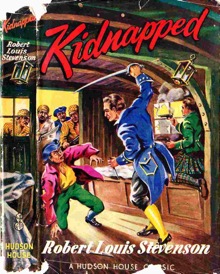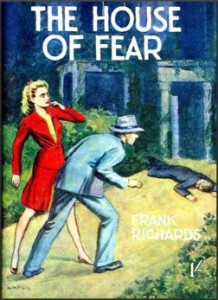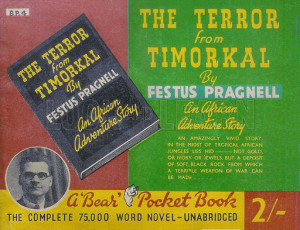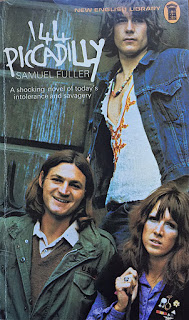Onitsha Market pamphlets appear to be a niche collecting area.There are some amusing examples in semi pidgin English about how to court and pick up girls, also well written political and economic booklets. They are also referred to as African Market literature… There are quite a few at abebooks including a collection of 30 at $2000 with Harper’s in the Hampton’s NY (‘…most of it characterized by sensational, and even slightly prurient, content, rustic production values, and a disarmingly naive, to an American reader’s eyes at least, approach to its subject matter.’) Brittanica defines them thus: ‘ A 20th-century genre of sentimental, moralistic novellas and pamphlets produced by a semiliterate school of writers (students, fledgling journalists, and taxi drivers) and sold at the bustling Onitsha market in eastern Nigeria.’
There is a good book on the subject An African Popular Literature: A Study of Onitsha Market Pamphlets by Emmanuel N. Obiechina. Here is our catalogue description of one just found–
The Complete Story And Trial Of Adolf Hitler by J C Andrue.
8vo. pp 36. Marked up throughout in red pen, probably by the author. Appears to be for a future edition, almost all the notes are to do with typography and appearance (indents, italics, bold, type sizes etc.,)


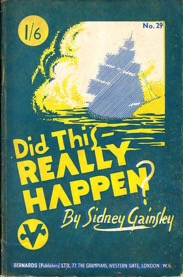 others.
others.